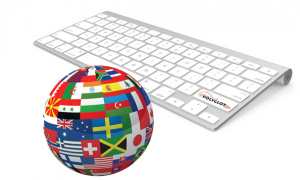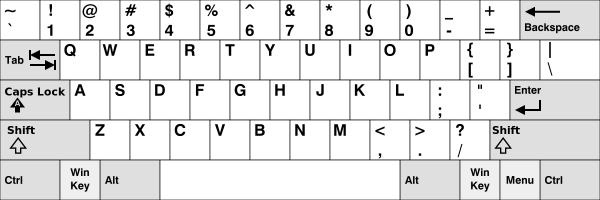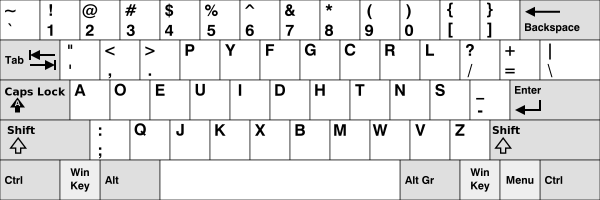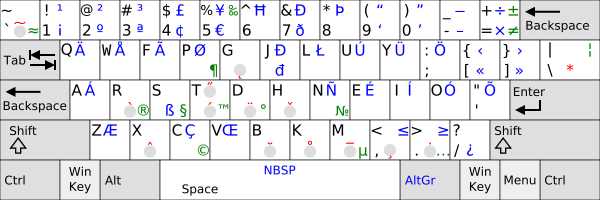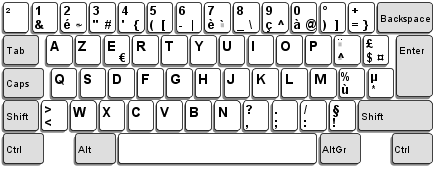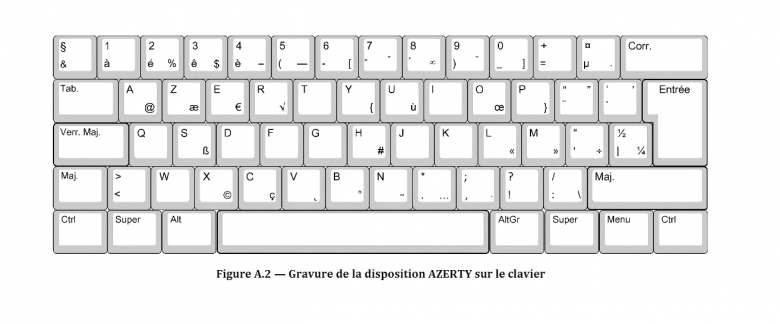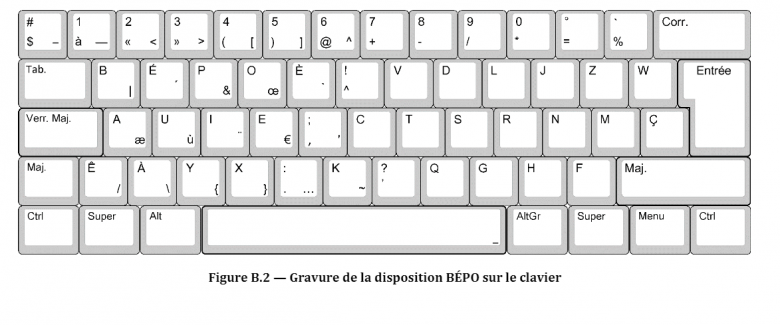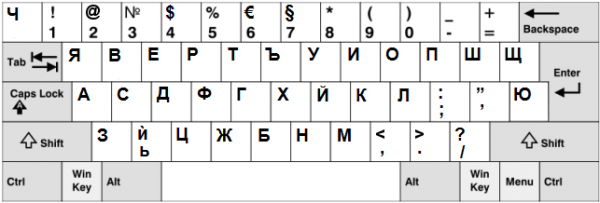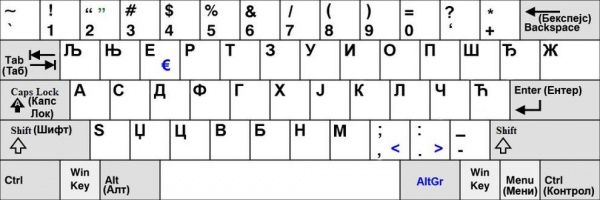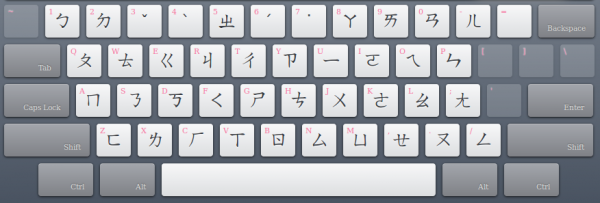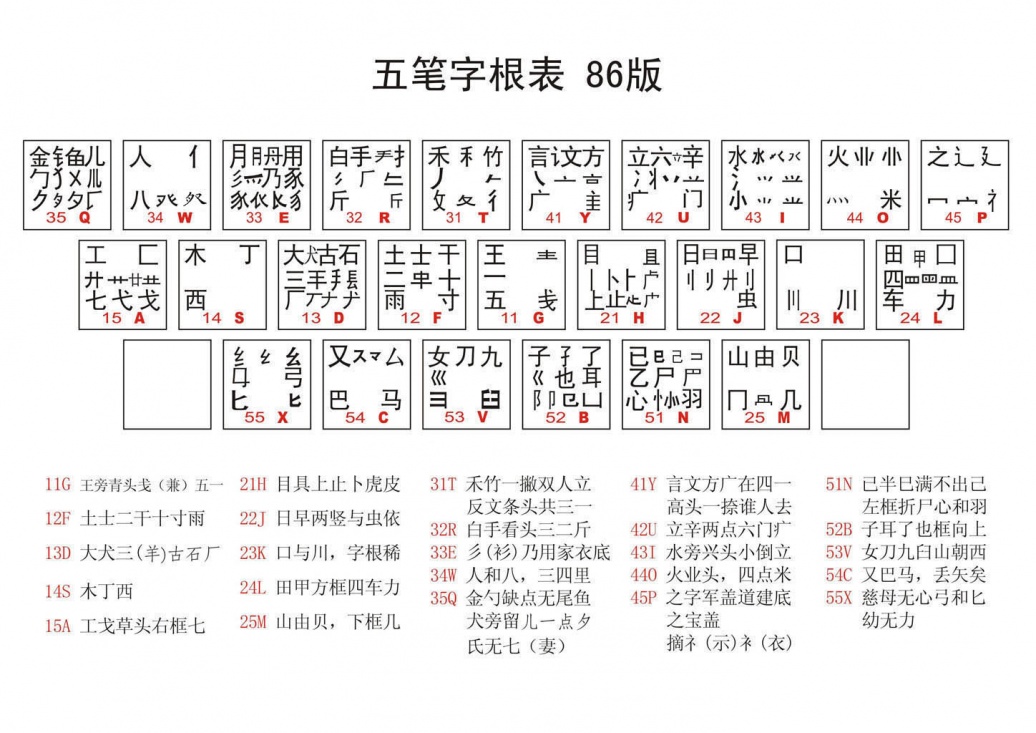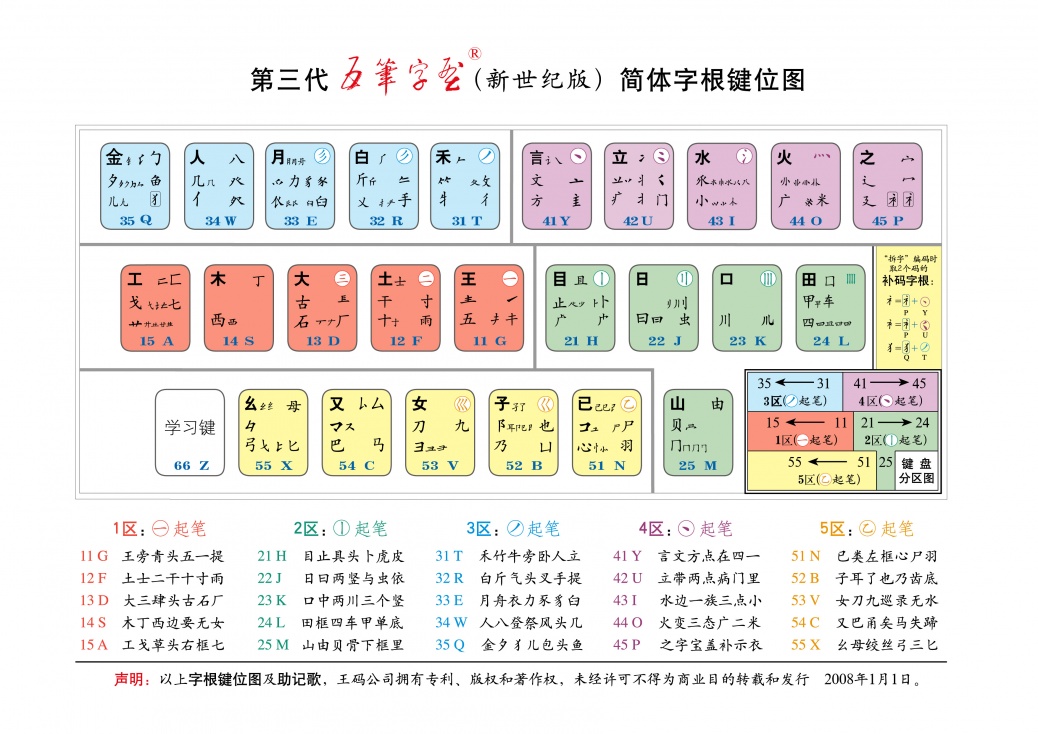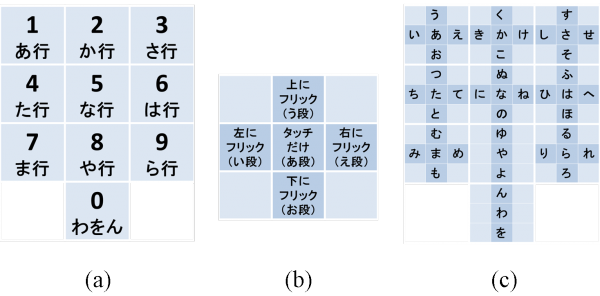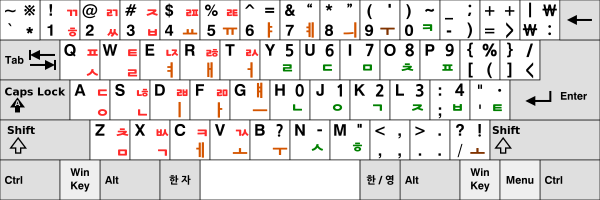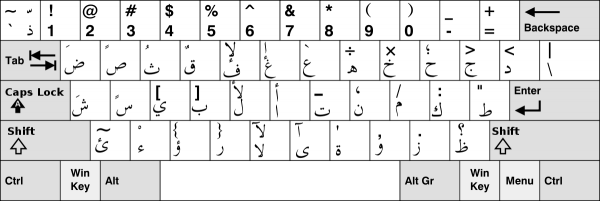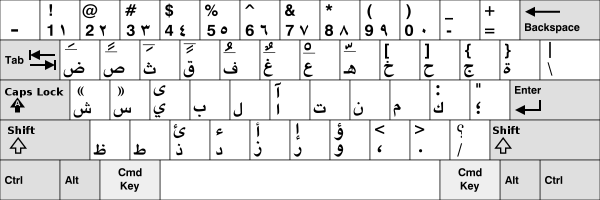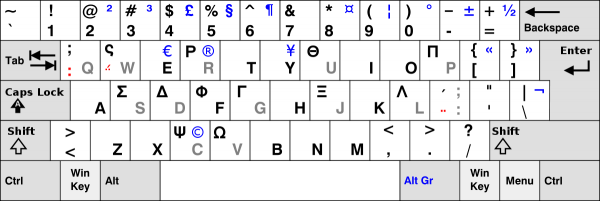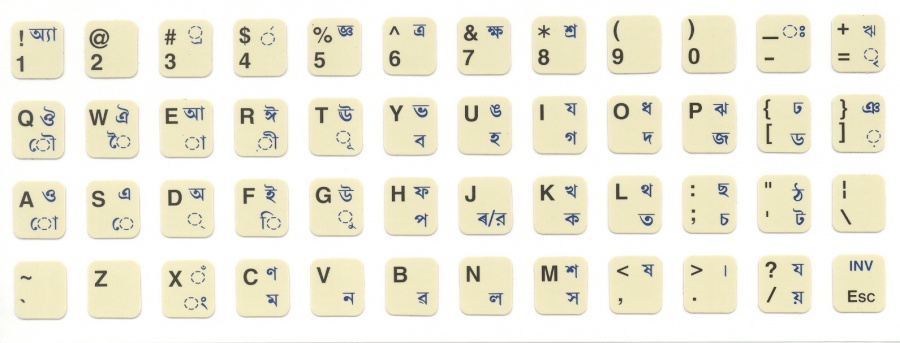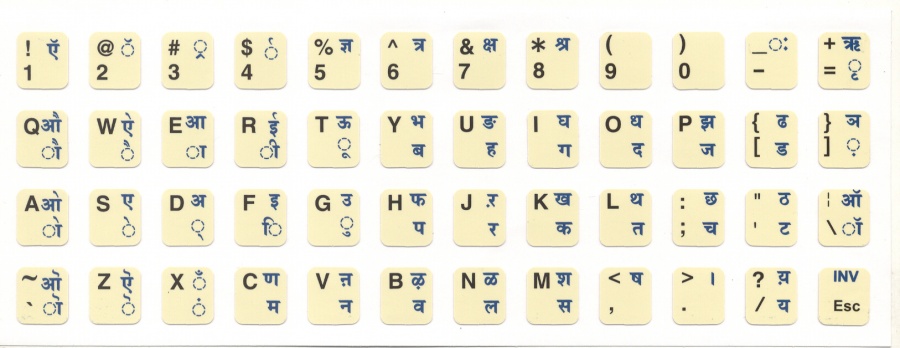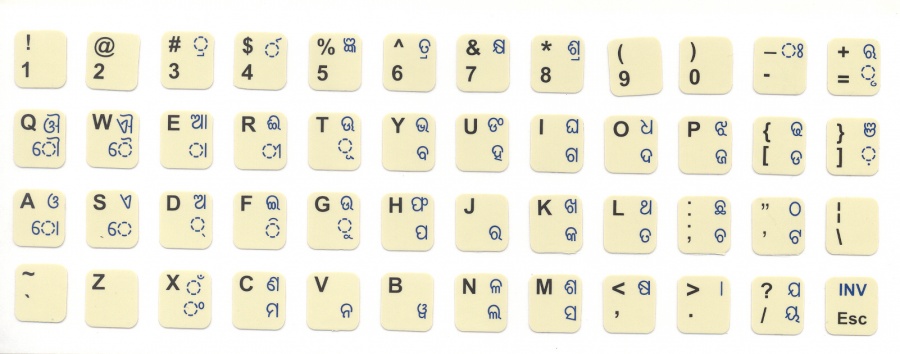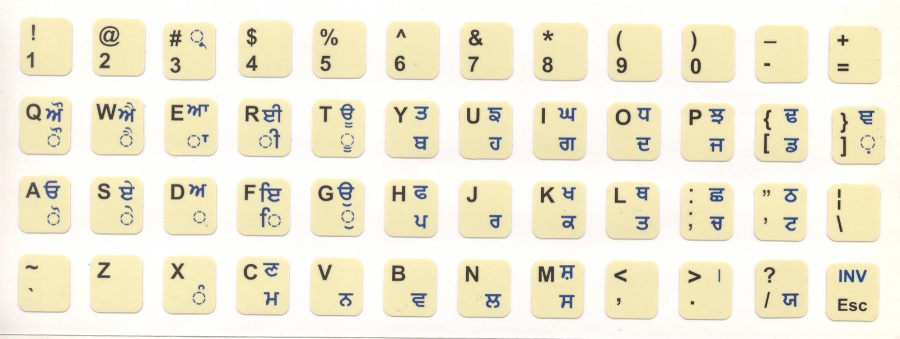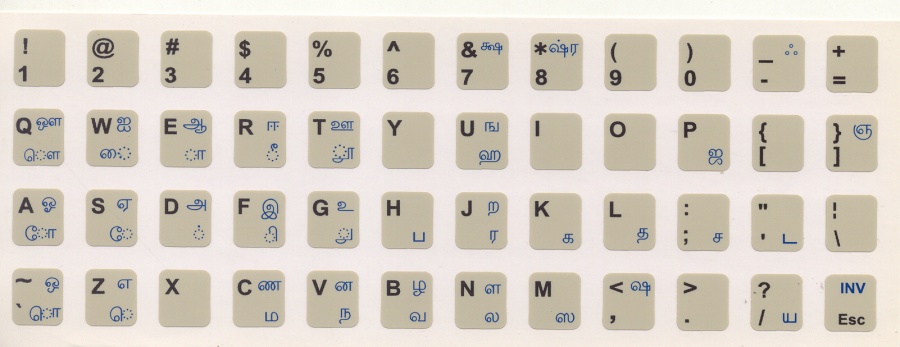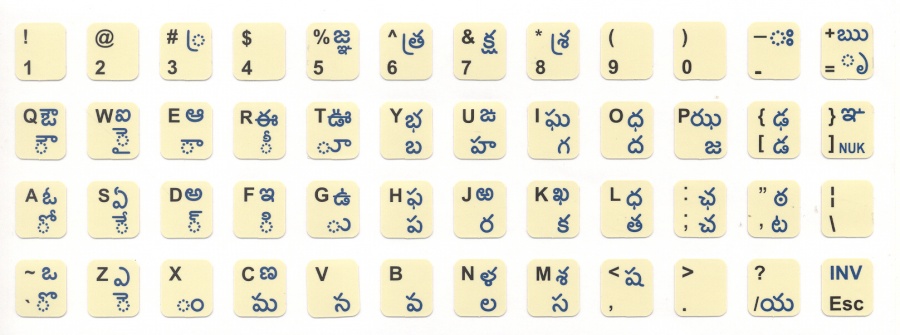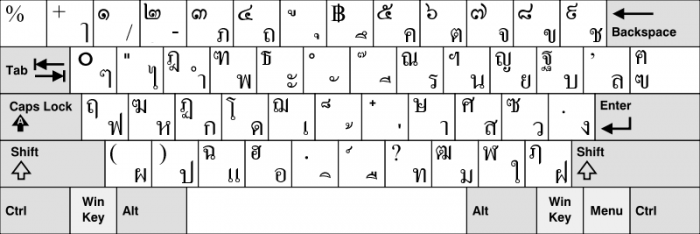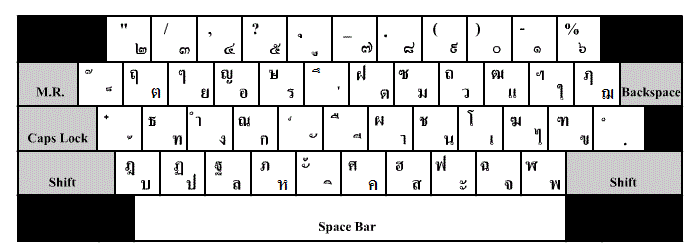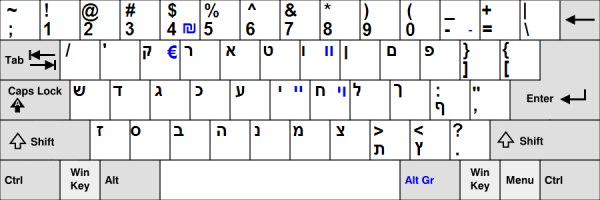Difference between revisions of "Language/Multiple-languages/Culture/Keyboards"
| Line 282: | Line 282: | ||
It's the most popular in Japan. | It's the most popular in Japan. | ||
[[File:KeitaiInput.png|frameless|600x600px]] | |||
== Korean == | == Korean == | ||
Revision as of 10:09, 10 May 2021
Hello Polyglots!
On this page, we list our selection of keyboard to type in the different alphabets. This list is not exhaustive.
- Recommended multilingual keyboard for Android: Multiling O keyboard
https://play.google.com/store/apps/details?id=kl.ime.oh
- Recommended typing tutor software: Klavaro
http://klavaro.sourceforge.net/en/index.html
- Keyboard editor for Windows.
https://github.com/randyrants/sharpkeys/releases
- Keyboard editor for macOS.
https://pqrs.org/osx/karabiner/
- Keyboard editing guidance for Linux.
http://rlog.rgtti.com/2014/05/01/how-to-modify-a-keyboard-layout-in-linux/
Latin
QWERTY
It's created in the 1870s by Christopher Latham Sholes. But it's designed to avoid key stuck in typewriters, so it provides the possibility for better alternatives in computers.
Its main advantage is the overwhelming amount of user, most keyboard shortcuts are designed according to it.
There are a lot of variants of it to input other languages written in Latin script.
Dvorak
It's created by August Dvorak and William Dealey in 1936.
Its main advantage is efficient.
Dvorak right hand
Dvorak left hand
Colemak
It's created by Shai Coleman and released in 2006.
Its main advantage is convenient and multilingual.
Official website
Workman
Its main advantage is convenience.
Official website
Turkish F
Third party software for Esperanto
Although it appears, Esperanto keyboard coming with Windows 10 is not available.
Download website for Windows
Download website for Mac
http://download.cnet.com/Esperanto-keyboard/3000-2098_4-46671.html
French AZERTY Keyboard
The Ministry of Culture wishes to improve the French keyboard.
2 new keyboards are suggested:
Improved AZERTY keyboard
The 26 letters of the alphabet and the numbers do not change place, unlike some other signs such as certain accented vowels, at sign, braces ...
The point becomes accessible without passing the capital key.
Accented uppercase letters are also made possible.
The range of typographic signs is widened, to facilitate the creation without using professional software.
BÉPO keyboard
There are already many BÉPO keyboards and its supporters say that this is the most logical layout of the keys currently available for the French language.
The counterpart is that you have to completely learn to write on a keyboard.
Vietnamese
International Phonetic Alphabet
Cyrillic
JCUKEN
It's commonly called Windows layout, for Russian, and there is a variant of it for Ukranian.
Bulgarian
It's based on QWERTY.
Serbian Cyrillic
It's based on QWERTZ.
Chinese
Zhuyin (Bopomofo)
It's a set of phonetic notes created by the Beiyang Government in the 1910s. Later it came into computers.
Its main advantage is easy to learn.
It's the most popular in Taiwan.
Pinyin
It's a romanization created by many linguists in the 1950s and published by Government of China in 1958 and has been revised several times. Later it came into computers.
It follows the system's keyboard, usually QWERTY.
Its main advantage is easy to learn.
It's the most popular in China.
Cangjie
It's created by Chu Bong-Foo and named by Chiang Wei-Kuo in 1976, to input Traditional Chinese by making characters up with parts, later it became available for Simplified Chinese, Kanji, Hanja.
Mr. Chu waived his copyright for common good.
Its main advantage is efficient, being able to input uncommon characters and to input characters without knowing its pronunciation.
There are mainly two versions, 3 and 5, the latter is more reasonable.
The Cangjie coming with Windows 10 is version 3.
The layout of Cangjie 3:
Two parts are added in Cangjie 5:
The inventor's website
Software 倉頡平台2012 for Windows download
http://www.chinesecj.com/forum/forum.php?mod=attachment&aid=NzE3fGMzY2IwOWE0fDE0OTI2MjM2MjZ8MHwyNTk2
Cangjie 5 practice software 倉頡打字通 7.0 download
Cangjie course, based on version 3
http://dylansung.tripod.com/methods/cangjie.htm
Cangjie course in Chinese
https://zh.wikibooks.org/wiki/%E5%80%89%E9%A0%A1%E8%BC%B8%E5%85%A5%E6%B3%95
Cangjie 3 code dictionary
http://input.foruto.com/cjdict/Search_1.php
Cangjie 5 code dictionary
http://www.chinesecj.com/cj5dict/
Sucheng (Simplified Cangjie)
A variant of Cangjie, only to input the initial and the final parts and then select from candidates.
Wubi
It's created by Wang Yongmin in 1986, to input Simplified Chinese by making characters up with parts.
Its main advantage is efficient and being able to input characters without knowing its pronunciation.
There are mainly three versions, 86, 98 and New-century. The former the more popular, but the latter the more reasonable.
The Wubi coming with Windows 10 is version 86, but unofficial thesauruses for other Wubi input software are available.
The layout of Wubi 86:
The layout of Wubi 98:
The layout of Wubi New-century:
Software 极点五笔 for Windows download
Wubi 86 and 98 practice software 五笔打字通 download
Wubi course, based on version 86
http://chinesemac.org/wubi/xing.html
Wubi course in Chinese, based on version 86
http://soft.zol.com.cn/22/224137_all.html
Wubi code dictionary
Official website
Handwriting input
To input by handwriting recognition.
Its main advantage is enabling to input characters without knowing its pronunciation (many can show it), and to input uncommon characters.
Japanese
Romaji input
It's a romanization created by Portuguese in around 1548. Later it came into computers.
It follows the system's keyboard, usually QWERTY.
Its main advantage is easy to learn.
Kana input
Its main advantage is efficient.
It's the most popular in Japan.
Flick input
It's for mobile phones, input by flicking finger from a position to a direction.
Its main advantage is efficient.
It's the most popular in Japan.
Korean
Dubeolsik
Its main advantage is easy to learn.
It's the most popular in Korea.
Sebeolsik Final
Its main advantage is ergonomic.
Its main disadvantage is reaching the number key and the frequent need of pressing the Shift key.
Ahnmatae
Its main advantage is clear division of the first consonant, vowel and final consonant.
Official website: http://www.ahnmatae.org/ (currently down)
It supports old Hangul.
Sinsebeolsik
Its main advantage is ergonomic.
Its final version is unsettled yet.
Official blog category: https://pat.im/category/%ED%95%9C%EA%B8%80%20%EC%9E%90%ED%8C%90/%EC%8B%A0%EC%84%B8%EB%B2%8C%EC%8B%9D
Arabic
IBM PC Arabic Keyboard
Mac Arabic Keyboard
Greek
It's based on QWERTY.
Brahmic
Inscript
It's a set of keyboards standardized by Government of India in 1986.
Bangla
Devanagari
Gujarati
Kannada
Malayalam
Oriya
Punjabi
Tamil
Telugu
Kedmanee
It's created for Thai.
Pattachote
It's created by Sarit Pattachote for Thai.
